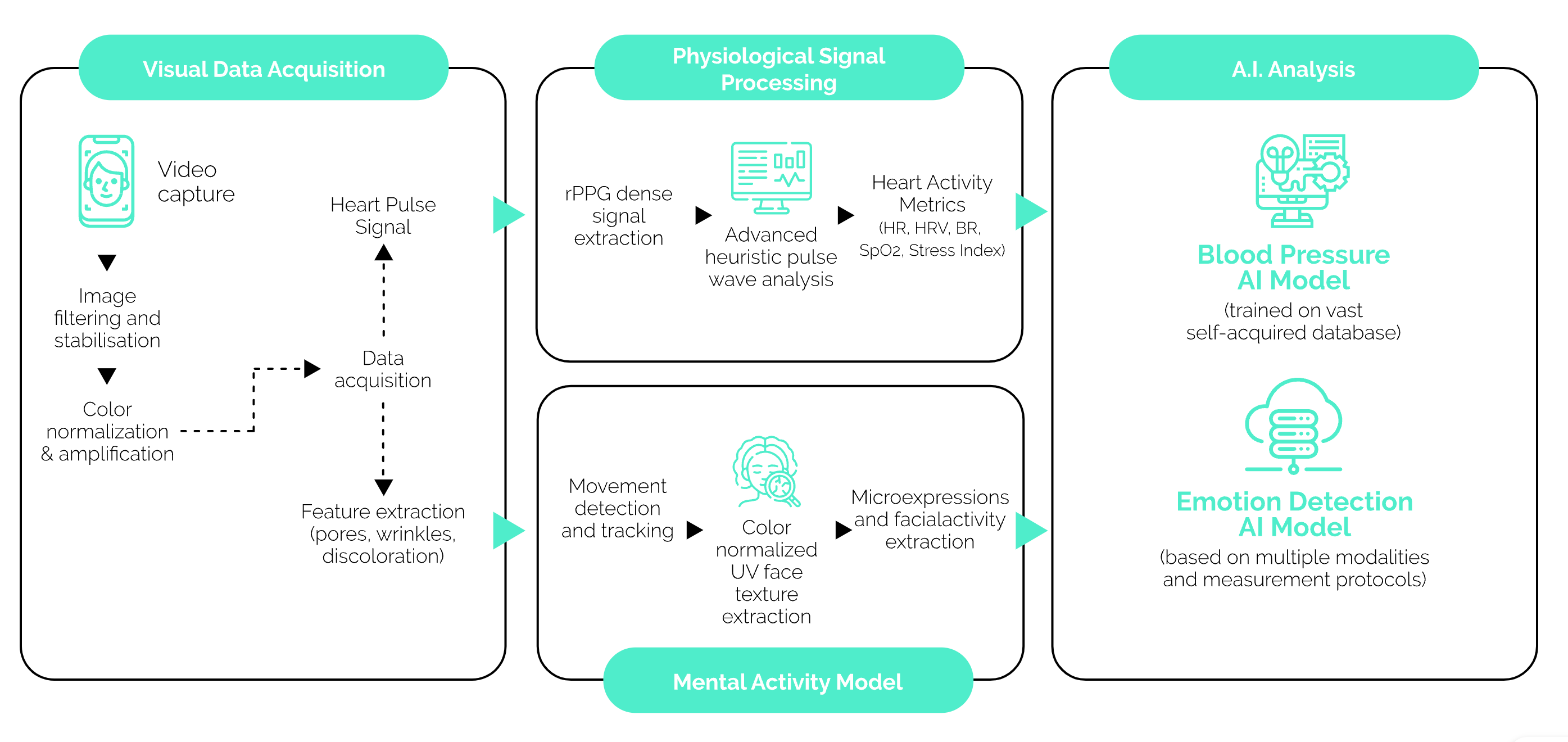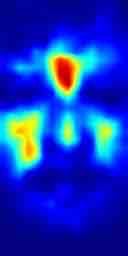





As telemedicine continues to rise in popularity, healthcare providers seek ways to improve patient experience while making their jobs easier. One potential solution we have implemented is ShenAI, an AI technology that can help collect, analyze and interpret vital signs.
ShenAI analyzes facial skin texture and extracts vital physiological signs in real-time, allowing remote analyzis of cardiovascular parameters, heart rate, blood pressure, heart rate variability (HRV) or respiratory rate. Vitals can estimate and analyze a person's physical health, detect possible diseases and monitor recovery. Measurement can be done on most modern smartphones, tablets and computers equipped with a camera.
It was developed by MX Labs, and you can use their SDK to implement it in your own application. We used it to develop an application for one of our clients working in the healthcare industry. The SDK allows the app to capture and analyze vital signs in real-time during video calls with patients or can be done just before the meeting. It can help healthcare providers make more informed patient care and treatment decisions.

The SDK connects to a device's camera and uses real-time Computer Vision to isolate a human face. Then, it constructs a 3d model of the face. Using Photoplethysmography (rPPG) applies computer vision technology to extract information about changes in light absorption. Changes in the individual's facial skin reflect their physiological condition. RGB pixel values of camera frames are then captured and converted into various physiological vitals.
rPPG signal:

Signal intensity map:

Artificial Intelligence technology, like ShenAI, has a significant impact on telemedicine. The implementation of AI in telemedicine has the potential to revamp the entire healthcare system, making it far more efficient and productive than it previously was.
Implementing AI technology can increase the efficiency of healthcare delivery, potentially reducing costs. It allows to automate various processes in the healthcare delivery chain which significantly increases efficiency. The ability to quickly diagnose a patient in telemedicine using AI tools such as ShenAI reduces the cost of serving a single patient. In addition, doctors can handle a much larger number of patients during a single shift.
AI technology can drastically improve accessibility, particularly in the context of remote consultations. Traditionally, obtaining vital sign measurements in remote locations can be challenging due to a lack of specialized equipment. However, with the implementation of AI-based software development kits (SDKs), this issue can be substantially mitigated. These kits can be integrated into telemedicine apps, allowing healthcare providers to collect vital signs data remotely, without the need for any specialized equipment. This can make healthcare more accessible, particularly for patients in remote or underserved areas, contributing significantly to health equity.
The ShenAI technology can be activated during a video call to analyze a patient's vital signs in real-time. The healthcare provider can view the results on their screen, allowing them to make more informed decisions about a patient's care and treatment. It can improve the overall quality of care provided to patients while also saving time and improving the efficiency of the healthcare delivery process.
ShenAI is an exciting technology that changes the way we perceive telemedicine. The SDK allows us to scan necessary vitals in a modern, unheard-of way. Implementing it to our apps is truly game-changing for mHealth App Development. If you want to learn more about the SDK, here's the link. They also have an amazing blog section, so check them out.